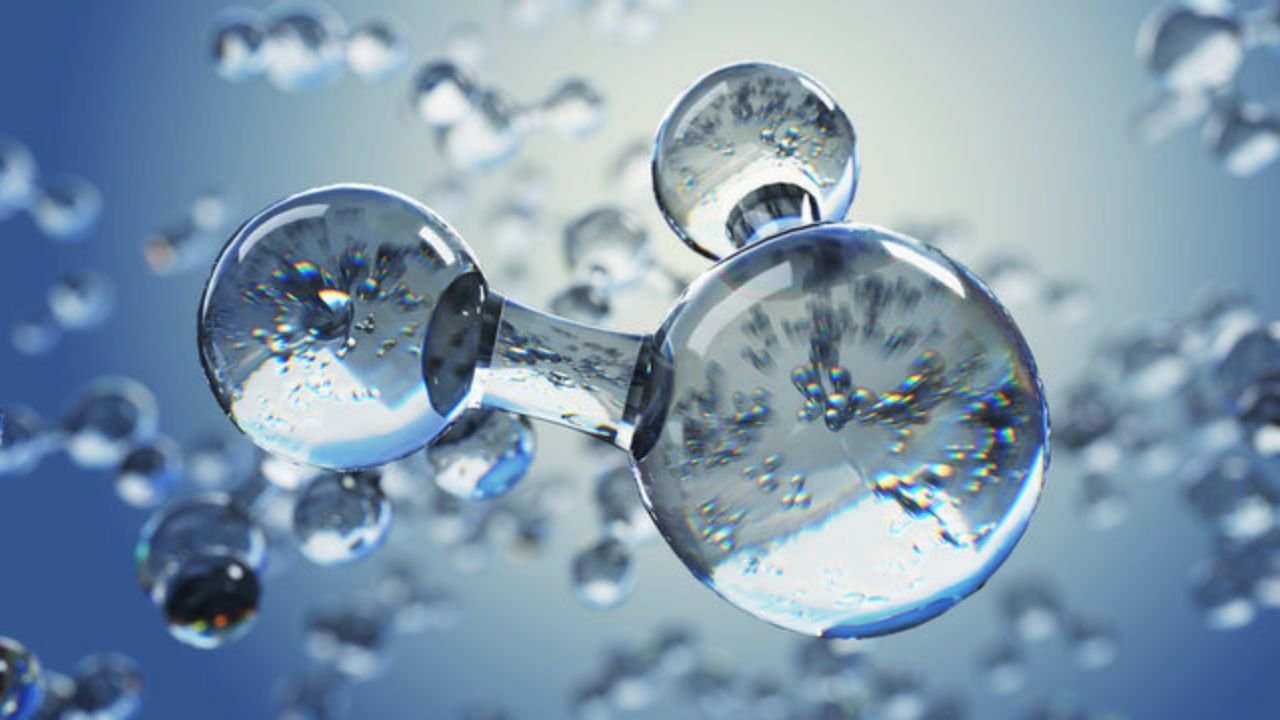Oxygen is a fundamental element that permeates our existence, both in the scientific realm and in everyday life. Its role is pivotal, impacting everything from the air we breathe to the chemical reactions that sustain life on Earth. This article will provide an in-depth exploration of oxygen, detailing its scientific significance, health implications, environmental impact, and technological advancements aimed at sustaining its availability.
The Science of Õygen
Oxygen is produced in the natural environment primarily through the process of photosynthesis. Plants, algae, and certain bacteria absorb sunlight and convert carbon dioxide and water into glucose and oxygen. This oxygen is then released into the atmosphere, replenishing the supply we depend upon for survival.
In biological terms, oxygen is crucial for supporting life processes. It acts as a vital component in cellular respiration, a process by which cells extract energy from nutrients. Without oxygen, most organisms would struggle to produce the energy needed for growth, repair, and reproduction.
Chemically, oxygen is a reactive element, forming compounds with most other elements. It exists as a diatomic molecule (O2) in the air we breathe and is also found in water (H2O) and various minerals. Physically, oxygen is a colorless, odorless gas at room temperature, exhibiting unique properties that enable life on Earth.
Õygen in Human Health
Breathing in oxygen is essential for human health, as it is integral to cellular respiration. When we inhale, oxygen travels through our respiratory system and enters the bloodstream via the lungs. Red blood cells then transport oxygen to tissues and organs, ensuring their proper function.
At a cellular level, oxygen is utilized in the mitochondria, the powerhouse of the cell, to generate ATP (adenosine triphosphate). ATP serves as the primary energy currency in biological systems, enabling various physiological activities.
Oxygen deficiency can lead to several health conditions. Hypoxia, a state of reduced oxygen availability, can cause symptoms ranging from fatigue and shortness of breath to severe outcomes like organ failure. Chronic obstructive pulmonary disease (COPD) and asthma are common respiratory conditions linked to oxygen deficiency.
Environmental Impact
Oxygen plays a vital role in maintaining environmental balance. It supports aerobic organisms that decompose organic matter, contributing to nutrient cycling and ecosystem health. Oxygen also affects the solubility of gases in water, influencing aquatic life.
Several factors impact oxygen levels in the atmosphere and bodies of water. Deforestation and pollution contribute to reduced oxygen production, while climate change alters atmospheric composition. In aquatic environments, eutrophication caused by nutrient pollution can lead to hypoxic conditions, threatening marine life.
The consequences of oxygen depletion are severe. It can result in loss of biodiversity, disruption of food chains, and deterioration of ecosystem services. Addressing these challenges requires concerted efforts to mitigate human activities that exacerbate oxygen depletion.
Technologies and Practices to Enhance Oxygen Levels
Innovations in oxygen generation and delivery systems are advancing rapidly. Technologies like oxygen concentrators and hyperbaric chambers are used in medical settings to treat patients with oxygen-related conditions. These devices ensure a continuous supply of oxygen, enhancing patient recovery.
Sustainable practices are essential in protecting and enhancing oxygen sources. Reforestation, conservation of wetlands, and pollution control measures contribute to maintaining healthy oxygen levels. By prioritizing sustainable development, we can preserve natural ecosystems and their capacity to produce oxygen.
Globally, efforts to combat oxygen depletion are underway. International agreements, such as the Paris Agreement, aim to reduce greenhouse gas emissions and protect biodiversity. Collaboration among nations and stakeholders is critical in addressing the complex issues surrounding oxygen availability and environmental sustainability.
You May Also Like: MCS App Portal Boosts School Communication
Conclusion
Oxygen is a fundamental component of life, playing a crucial role in science, health, and the environment. Understanding its significance and addressing challenges related to its availability are essential for a sustainable future. By adopting innovative technologies and sustainable practices, we can ensure the continued supply of oxygen and support the well-being of all living organisms. For those interested in further exploring the topic, connecting with experts and engaging in community initiatives can offer valuable insights and opportunities for action.
FAQs
What is õygen and why is it important?
Oxygen is a reactive element essential for life, supporting cellular respiration and various biological processes.
How is õygen produced naturally?
It is produced mainly through photosynthesis by plants, algae, and some bacteria, replenishing atmospheric oxygen.
What are the health effects of õygen deficiency?
Oxygen deficiency can lead to conditions like hypoxia, affecting energy production and organ function.
How does õygen impact the environment?
It maintains balance in ecosystems, supports aerobic decomposition, and influences aquatic life.
What can be done to enhance õygen levels?
Innovations like oxygen concentrators and sustainable practices like reforestation help maintain oxygen availability.











